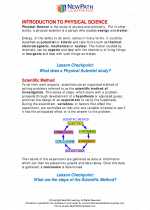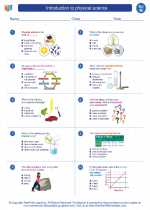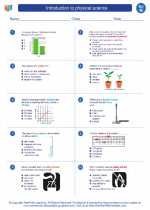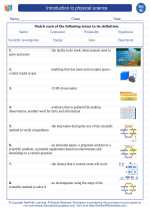Temporary Magnets
Temporary magnets are materials that act like permanent magnets when they are within a strong magnetic field, but lose their magnetism when the field is removed. This property makes them distinct from permanent magnets, which retain their magnetism once they are magnetized. Temporary magnets are commonly used in various applications, such as electromagnets, magnetic storage devices, and magnetic sensors.
How Temporary Magnets Work
Temporary magnets acquire their magnetism when they are exposed to a strong external magnetic field. This causes the magnetic domains within the material to align, resulting in a net magnetic field. However, when the external field is removed, the magnetic domains lose their alignment and the material no longer exhibits magnetism.
Examples of Temporary Magnets
Some common examples of temporary magnets include iron, nickel, and cobalt. When these materials are placed in a strong magnetic field, they become temporarily magnetized. However, once the field is removed, they lose their magnetism.
Applications of Temporary Magnets
Temporary magnets are widely used in electromagnets, which are essential components in devices such as electric motors, generators, and magnetic resonance imaging (MRI) machines. They are also employed in magnetic storage devices like floppy disks and hard drives, as well as in magnetic sensors for various industrial and scientific applications.
Study Guide
- Define temporary magnets and explain how they differ from permanent magnets.
- Describe the process by which temporary magnets acquire and lose their magnetism.
- Identify at least three examples of materials that exhibit temporary magnetism.
- Discuss the applications of temporary magnets in electromagnets, magnetic storage devices, and magnetic sensors.
- Explain the significance of temporary magnets in specific technological or scientific advancements.
Understanding the principles of temporary magnets and their applications is essential in various fields of science and engineering. Mastery of this topic can provide insights into the behavior of magnetic materials and their role in modern technology.
.




